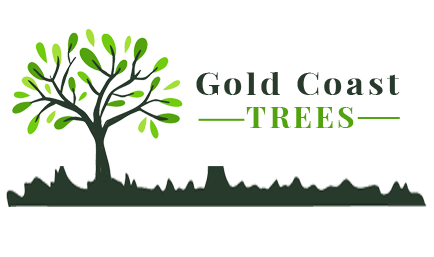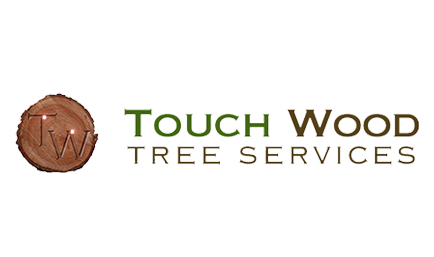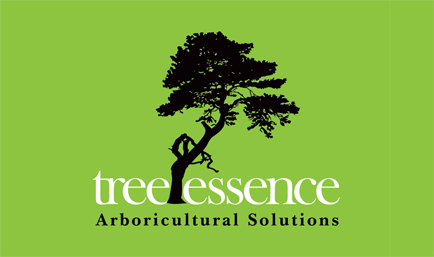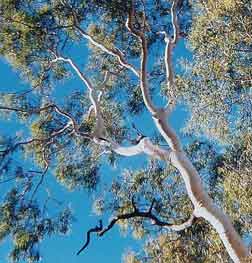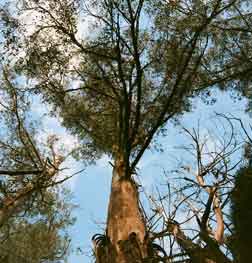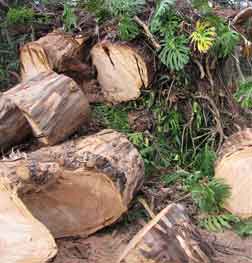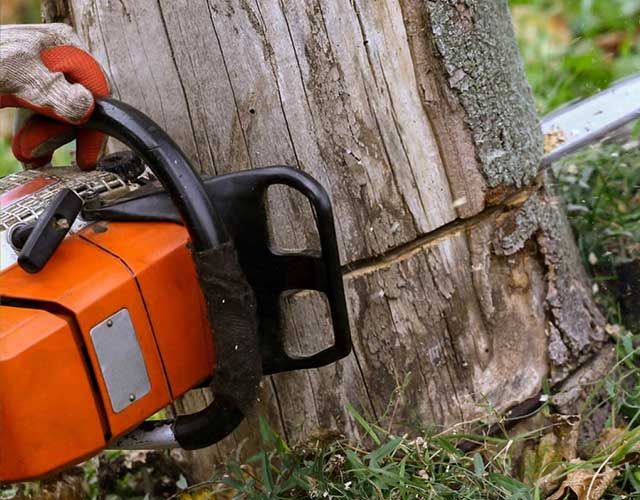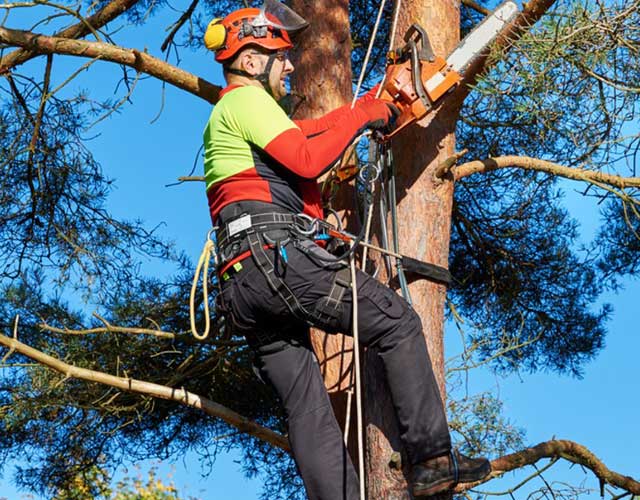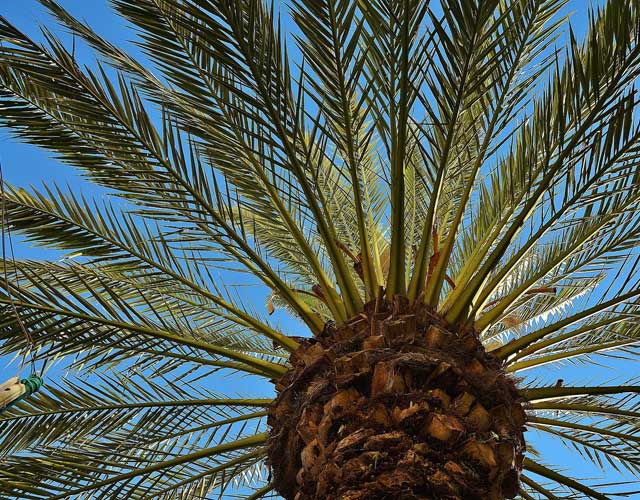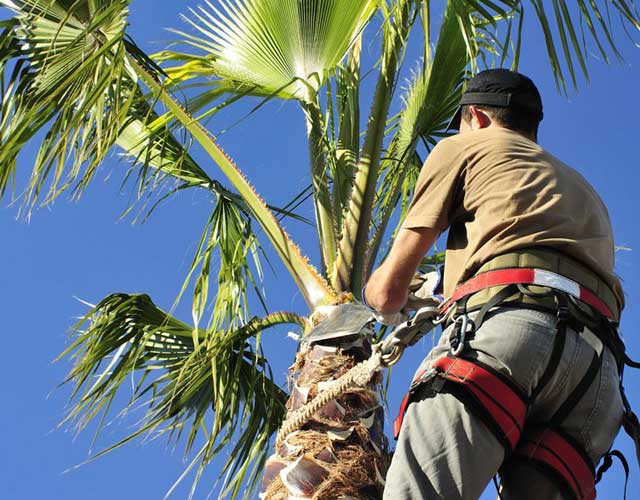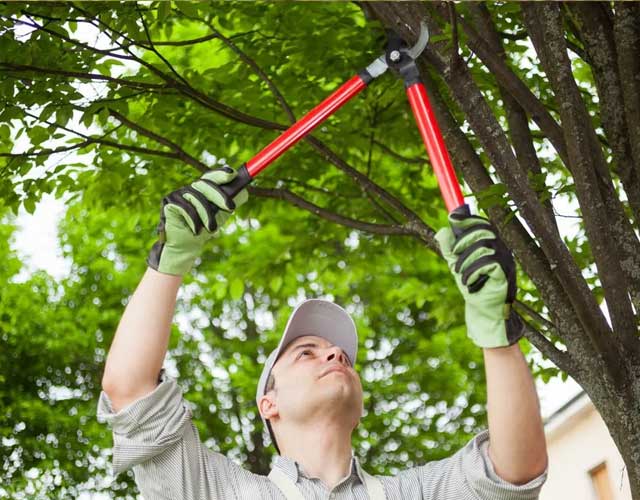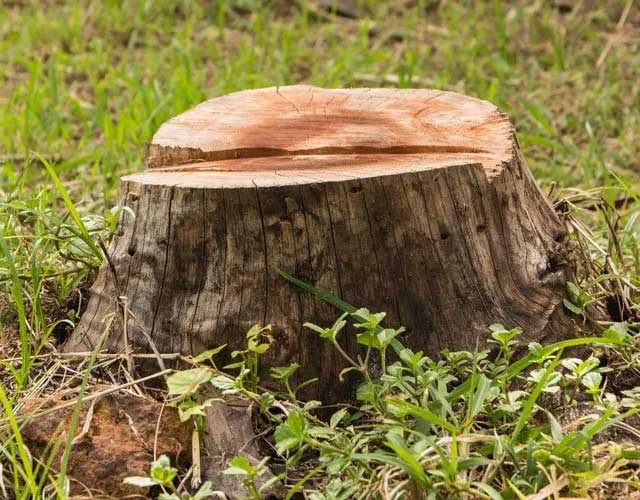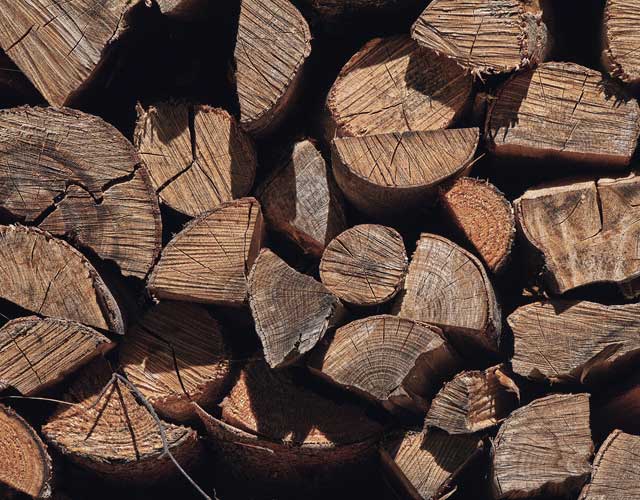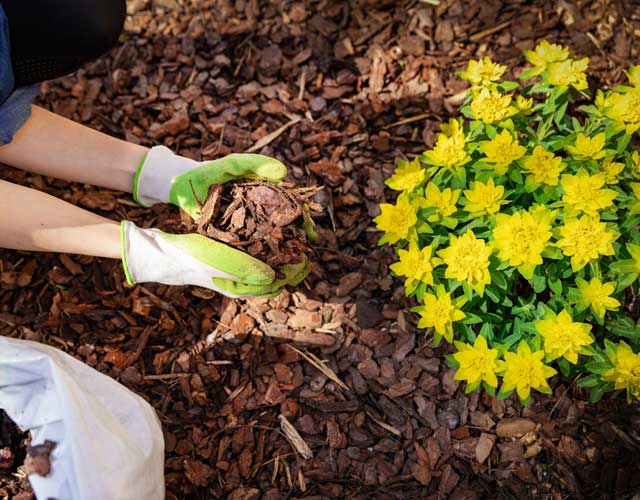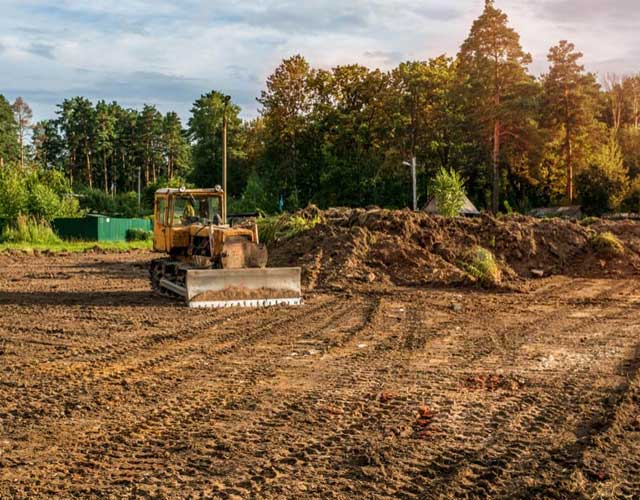TALLAI WORONGARY TREE LOPPING
PROFESSIONAL
TREE LOPPING IN TALLAI WORONGARY
Our tree doctors are the experts in all tree services including removal, pruning, trimming and tree lopping in Tallai Worongary and surrounding Gold Coast areas. Each year, professional teams of arborists undertake a variety of tree management projects ranging from single tree preservation to the ongoing maintenance of acreage bushland.
Trees are a vital element of the environment adding value, beauty and shade to residential and commercial properties. It's vital that trees are well maintained, which will promote health, ensure a long life and keep trees looking their best.
Successful Tree care is all about dedication, safety and reliability. Our state-of-the-art equipment is maintained in perfect working order and serviced to manufacturer's specifications. We offer obligation-free on-site inspections, project assessments and reports.
Tree Lopping Vs Tree Pruning
When people consider the pruning or removal of trees, the term "tree lopper" often comes to mind. Tree Lopper has become the generic name for someone with a chainsaw and mulcher who trims trees for a living.
In reality, there are many important and distinct differences between tree pruning and tree lopping, all relating to the training, experience and techniques used in each process. At the end of the day, the final results between the two methods can make a huge difference in the quality and safety of the work, and the long term maintenance and health of the tree.
Tree lopping is the removal of large quanties of a tree's branches and limbs, for the sole purpose of a reduction in canopy size. This reduction may be required for aethetic, safety or maintenance reasons, however the practice is extremely harmful to the tree, creates on-going maintenance issues, and destroys the natural shape, form and beauty of the tree.
National Tree associations advise against tree lopping due to a range of issues including:
- Does not comply with Australian Standards exposing legal issues
- Reduces the strength and stability of new branch growth
- Remaining branches can be seriously scalded or sunburned
- Not cost effective, as regrowth will soon follow
- Removal cost should lopping result in the death of the tree
- Places considerable stress on the tree
- Reduced property value due to disfigured appearance
- Diminished tree health or death due to reduced food production
- Major increase in maintenace costs
- Wounds increase the risk of decay, pest infestation and disease
- Increase in the risk of storm damage
- Dangerous for workers to perform
- Spoils the natural shape and appearance of the tree
What is the alternative to tree lopping? Tree pruning techniques are available that enhance the tree's natural shape without compromising structure. The thinning of tree canopies also opens views and allows more light to penetrate.
Should a tree's size be presenting safety issues, tree removal may be the best option with the tree replaced with a more compact species.
Reasons For Tree Pruning
Most trees can benefit from specialised pruning at some stage of their life cycle, whether it be to reduce the safety risks to property and people from falling branches, or establishing a strong framework for future growth.
Trees can be trained to grow in a particular direction, which is especially useful in confined spaces. Trees may also be trimmed, which reduces spread and height resulting in a more compact, manageable shape that suits their position. The main reasons for pruning trees include:
- Reduce limb and branch failure
- Improve canopy air flow
- Direct growth away from structures
- Reduce leaf litter in gutters
- Remove dead or diseased limbs
- Reduce wind resistence
- Improving fruit production
- Enhance overall health
- Improve canopy light penetration
- Improving aethetic appeal
- Stimulate healthy growth
- Power line, road and path clearance
- Reduce risks of damage or injury
- Maintain desired size, form and shape
- Maintain structural integrity
No two trees are the same, and they grow in a range of locations, sizes and species. Over time, some trees outgrow their position and become a safety hazard. In some cases, they can be pruned; in other instances, tree removal is seen as a preferable option
Our arborists offer professional tree pruning services which allows the tree to retain it's natural structure, health and appearance.
Types of Tree Pruning
Deadwood Removal - The improvement of a tree's appearance and health by removing unsightly or dead branches, while maintaining the overall shape.
Selective Tree Pruning - Pruning to maintain minimum clearances around buildings, overhead services, pools, gutters and roads.
Remedial Pruning - The corrective pruning of diseased, distorted or damaged branches of older or neglected trees, to restore and promote healthy growth.
Crown Thinning - Select removal of branches to improve structure, air circulation and light penetration. The weight on limbs is also reduced while maintaining the tree's natural shape.
Crown Lifting - This increases a tree's clearance by removing the lowest branches, thereby improving access and clearance under the tree. The goal being to reduce leaf litter, remove hazardous branches, improve views or improve light penetration.
Crown Cleaning - The improvement of overall tree safety by the pruning and cleaning of a tree's crown. This involves removing diseased, dying, dead, crowded and weak branches from the tree canopy.
Formative Pruning - Trees do not always grow the way nature intended, especially when planted out of their natural habitat. Formative pruning of young trees encourages growth in appropriate formations.
Vista Pruning - Over time, trees grow and become large often obscuring a desirable view. Vista Pruning involves selective removal of branches that interfere with a view, without risk of damage to the trees.
If not carried out correctly and using appropriate techniques, tree Pruning has the potential to serious damage a tree and create long term health problems.
The Timing of Tree Pruning
Late Winter or early Spring is the preferred time of the year on the Gold Coast to start pruning. as this is when trees are entering the stage of rapid growth. Pruning wounds will quickly heal, and the tree will not appear too bare for long.
Deciduous Trees - Deciduous trees are best pruned in winter when they are dormant. Also, there are less pest activity during the colder months, which minimises the risk of pest infestation in freshly cut branch wounds.
Flowering Trees - Flowering trees should be pruned mid-autumn before blooming in spring.
Dangerous Trees - It's always the right time of the year to prune a tree with dangerous branches, as they tend not to fix themselves, resulting in dead, broken or diseased branches falling sooner or later.
Storm Season - Start inspecting you trees in October, just before the storm season starts in November. If a tree is suffering from weak, broken or diseased limbs, there's every chance the limbs will fall due to strong wind gusts during a storm.
Palm trees Palms do not follow any particular pruning schedule. Most palms are self-cleaning, and naturally shed fronds, flower pods and fruit. If your property is blessed with beautiful Canary Island Date Palms, or cursed with dreaded Cocos Palms, regular pruning will be required, which can be undertaken anytime of the year.
Consider pruning when the following issues are noticed on your tree:
- Broken and damaged branches
- Dead & diseased branches
- Branches near structures or over power lines
- Tree has too much growth
- Tree is too dense & requires thinning
- Fungal infections, cracks or rot in the limbs
- Crossing branches
- Insect or pest infestations
- Cracks in the trunk
All tree pruning and tree lopping on the Gold Coast should be undertaken in accordance with Pruning Amenity Trees AS:4373 standard, which increases the tree's probability of full recovery from the pruning, and helps maintain healthy growth.


